How to Get More People on Electric Bikes and Out of Motor Vehicles [VIDEOS]
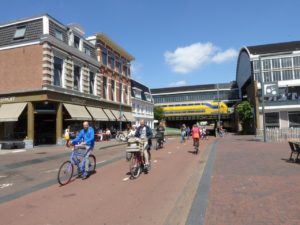 E-bikes are bounding ahead in many parts of the world.
E-bikes are bounding ahead in many parts of the world.
In the Netherlands 2018 saw a truly significant benchmark when more new e-bikes were bought than regular non-assisted bikes.
E-bikes are also a large part of German bike sales with many other European countries increasing e-bike sales rapidly.
In the leading European countries we are beginning to see industry bodies and the public regard e-bikes as ‘the new normal’ when talking about bikes in general.
China has taken a different route to popularising e-bikes but they are still massively popular.
The 200 million or so e-bikes on the roads there were adopted because Chinese e-bikes proved both extremely affordable and competing gas-powered ‘point to point’ personal transport such as motorbikes and mopeds were banned in many Chinese cities in the early part of the 21st century.
Although the US and Canada lag behind northern Europe and China in the wholesale adoption of e-bikes there are certainly city hotspots that are showing the way, such as Vancouver, Portland and Minneapolis.
So how do we continue the uptake of e-bikes and equally importantly how is it possible to use e-bikes to help get people out of their cars and ease congestion and reduce greenhouse gas emissions in the process?
Do E-bikes Replace Motor Vehicle Trips? – The Evidence from Europe
Whilst the rise of bikes and e-bikes in major cities around the world has been very noticeable over recent years we shouldn’t just assume one more bike or e-bike means one less car.
The latest research presents a complicated but encouraging picture of the effect e-bikes can have when combined with other measures.
As Jean-Pierre Orfeuil, a traffic engineer who specialises in urban mobility, commented on Paris’s new cycle lanes and bike and e-bike share schemes “Generally speaking, those who are using these new means of transport are people who used to use the metro, so they haven’t played a role in easing the traffic.”
But Orfeuil seems to be speaking of short term change. Looking at the big picture, with the help of it’s Velib e-bike and bike share scheme Paris’s motor traffic reduction measures are helping curb private car use. According to this this CityLab article:
‘…in terms of mode share, driving within Paris city limits has dropped about 45 percent since 1990, according to a recent paper in the French journal Les Cahiers Scientifiques du Transport. Meanwhile, the share of cyclists has increased tenfold over the same timeframe. Transit’s mode share has risen by 30 percent.’
In other words over the short-term changes may show reversals but long term positive change has been achieved with a blend of cycle infrastructure, car curbs and public transport investment.
This article quotes Maarten Kroesen of Delft University of Technology who did a study on the question of which modes of transportation are being replaced by e-bikes.
The results showed that – in countries like the Netherlands at least – while e-bikes reduce car and transit use, they have the biggest impact on regular bicycle use.
‘Simply put, people are more willing to grab an e-bike to do the trip than its boost-less counterpart. Also, where you live heavily influences your use of the e-bicycle. In Chinese cities with high-quality transit, e-bikes tend to replace bus trips, while in Chinese cities with poor transit systems, they replace regular bike trips. Meanwhile, in car-centric Australian, Canadian, and US cities, e-bikes mainly replace vehicle trips, while in European cities with high bike use, they replace regular bike and car trips.’
Big picture statistics tend to back this up – exponential growth in e-bike sales in the Netherlands has not increased the overall share of cycling of all trips made which has been pegged at about a third of all trips for the last few years.
That’s not to say that e-bikes haven’t had a hugely positive impact on cycling in the Netherlands.
As the following fact-packed video shows they have enabled older cyclists to carry on cycling longer and have meant cycling growth in the cities has continued its impressive growth rate.
The overall message from the Netherlands seems to be that excellent infrastructure is the bedrock for impressive levels of bike and e-bike use.
Moreover the Netherlands is determined to continue its pro-bike policies with more investment and more detailed planning to maintain and hopefully improve upon the hugely impressive percentage of journeys already made by bike.
US: City Exemplars
Examples of places promoting bikes and e-bikes and curbing car use from the US also show a complicated picture of the interaction of local factors, though there doesn’t seem to be as much in depth research on the subject as there is in Europe.
Some cities that have impressive infrastructure, like Portland and San Diego, also have high levels of e-bike use compared to other US cities.
However, New York City – the city that famously banned some forms of e-bike use for much of its recent history – has also shown impressive growth in cycling levels in recent years, in large part due to a programme of infrastructure construction.
Iconic cycle infrastructure like Portland’s Tilikum crossing can really put a city on the map as a ‘cycling city’ that is determined to get people out of cars and onto bikes and e-bikes:
The most comprehensive study to date on personal e-bike use, ‘A North American Survey of Electric Bicycle Owners’ from March 2018 studied a wide ranging group of e-bike users across the whole of the US and one particular summary table looked at all the e-bike trips survey respondents took to see what kind of trips they replaced.
The results found that in the main e-bike trips replaced automobile trips:
1,778 e-bike trips replaced automobile trips
1,063 e-bike trips replaced public transit, walking or non-powered cycle trips
987 e-bike trips were made that would not have otherwise been made if the owner didn’t have an e-bike
So e-bikes mainly replaced car trips but also replaced a significant number of trips that otherwise would have been made by public transport, walking and cycling.
The last figure is also very interesting – here no trips were replaced but respondents simply decided to go for an e-bike ride, their powered machine simply tempting them to get out and about more than they would have otherwise.
China: the Backlash
Whilst China ended the last century looking like it would lead the way to e-bike nirvana, with major cities such as Guangzhou, Shanghai and Suzhou banning gas-powered two-wheelers leading to a surge in e-bike use, there has been something of a backlash in the early part of this century.
Numerous major cities including Beijing, Shanghai, Guangzhou, Xiamen, and Shenzhen, have restricted or outright banned e-bike usage. Why?
In this Forbes article China transport expert Chris Cherry sums up the mayhem that followed the exponential growth of the e-bike:
‘E-bike riders are among the most egregious traffic law violators….Data shows that e-bike fatalities are really high….In fact, Cherry discovered that e-bikers were driving the wrong-way on 44% of his study segments, often failing to yield the right-of-way, and a full 56% violating stop signs and traffic signals.’
Cherry is keen to point out it’s not the fault of the e-bike that there has been a backlash of bannings but the lack of well-regulated city space and in order to keep the huge benefits e-bikes bring to individuals and society better road management and better regulation are the real problems that need addressing rather than resorting to the simplistic ‘quick-fix’ of outright bans.
Indeed, prosperity appears to have bought its own associated problems to the Chinese urban transport scene.
Only a few decades ago e-bike sales in China outnumbered sales of new cars but now the situation is reversed, with car sales now hovering around 24 million annually (up from 10 million in 2009) and e-bikes hovering around the 15 million mark annually.
Summary – You Need a Balanced Package
Studies have shown the picture is complicated and getting car riders simply to ‘swap’ a car for an e-bike trip is not a straightforward matter.
As this Dutch study commented ‘Mode choice for commuters is determined by objective and subjective factors. It is hard, if not impossible to model mode choice sufficiently. The literature study shows that many factors determine the mode choice of commuters. Working together with experts resulted in a model with the relevant factors for E-bike usage. Costs, traffic safety, image, weather, habits (car use), quality of cycling infrastructure and the presence of facilities are most relevant. Measures focusing at a single factor are ineffective due to the many factors at stake. A balanced package of incentives contains cycling infrastructure and public cycling facilities. Finally different target groups and situations call for tailor made incentives. Mobility management is an effective measure to persuade the car commuter to switch in particular to E-bike.’
In other words e-bikes are just one of the tools, albeit an important one, that can help us create a greener, cleaner better place to live and work in.
Stay tuned for more e-bike news and reviews and thanks for reading!
-Richard
P.S. Don’t forget to join the Electric Bike Report communityfor updates from the electric bike world, plus ebike riding and maintenance tips!
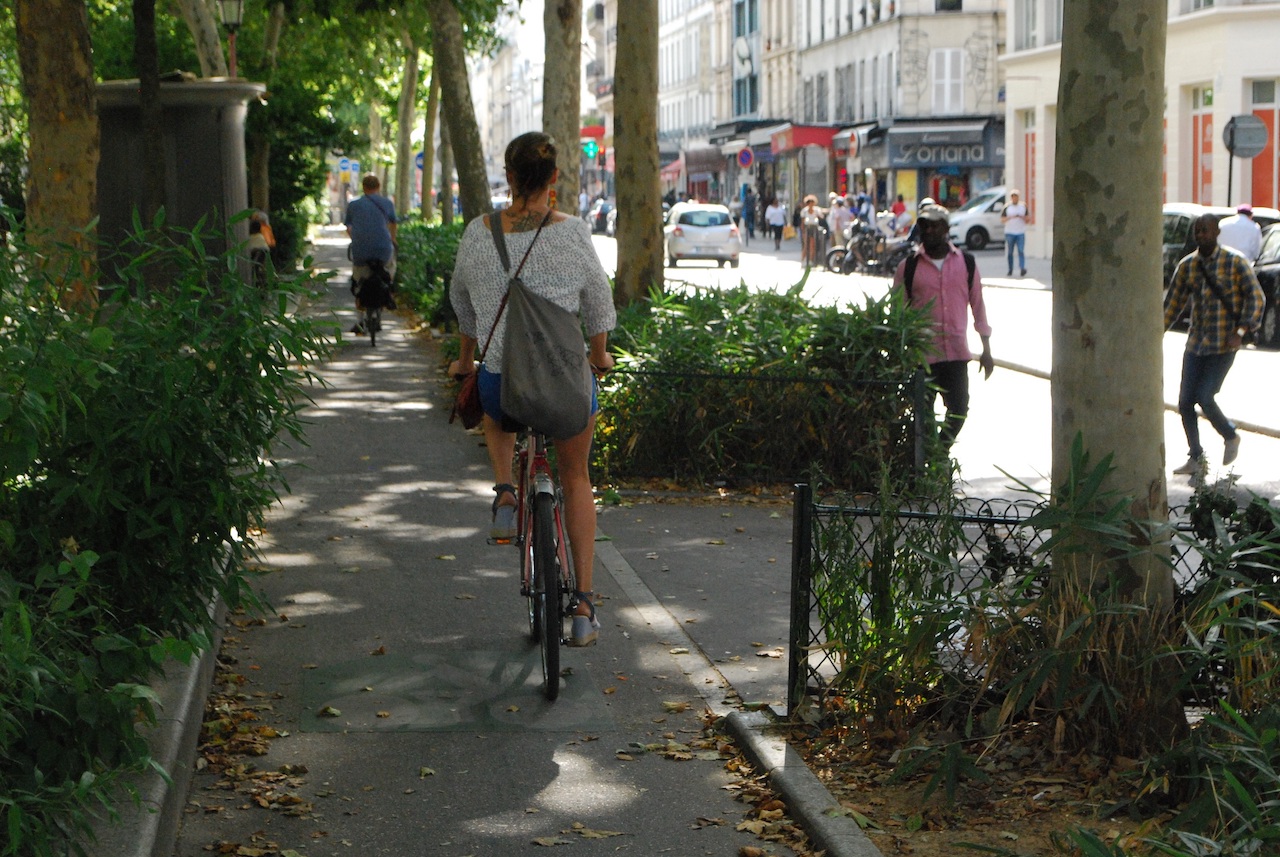
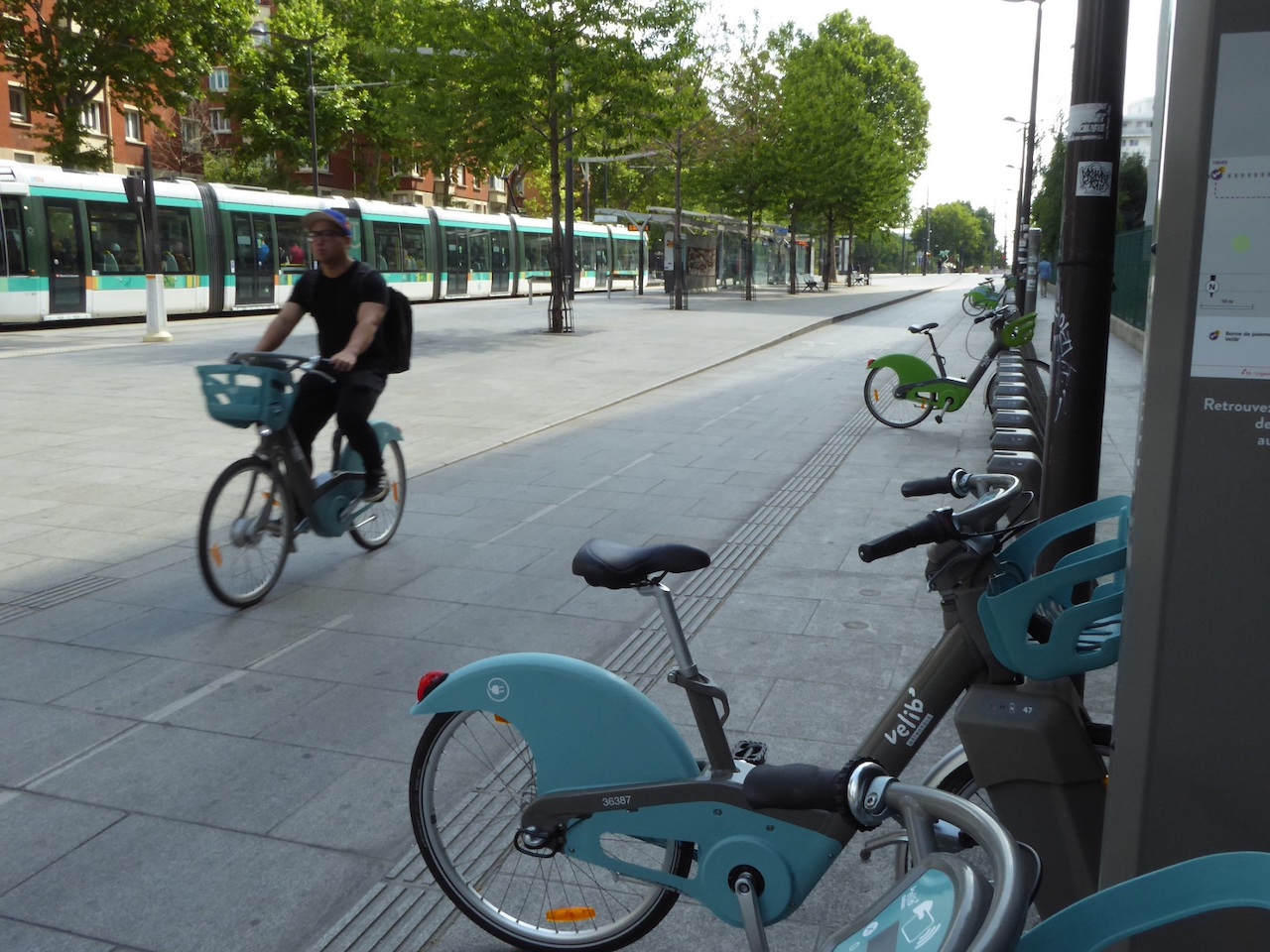
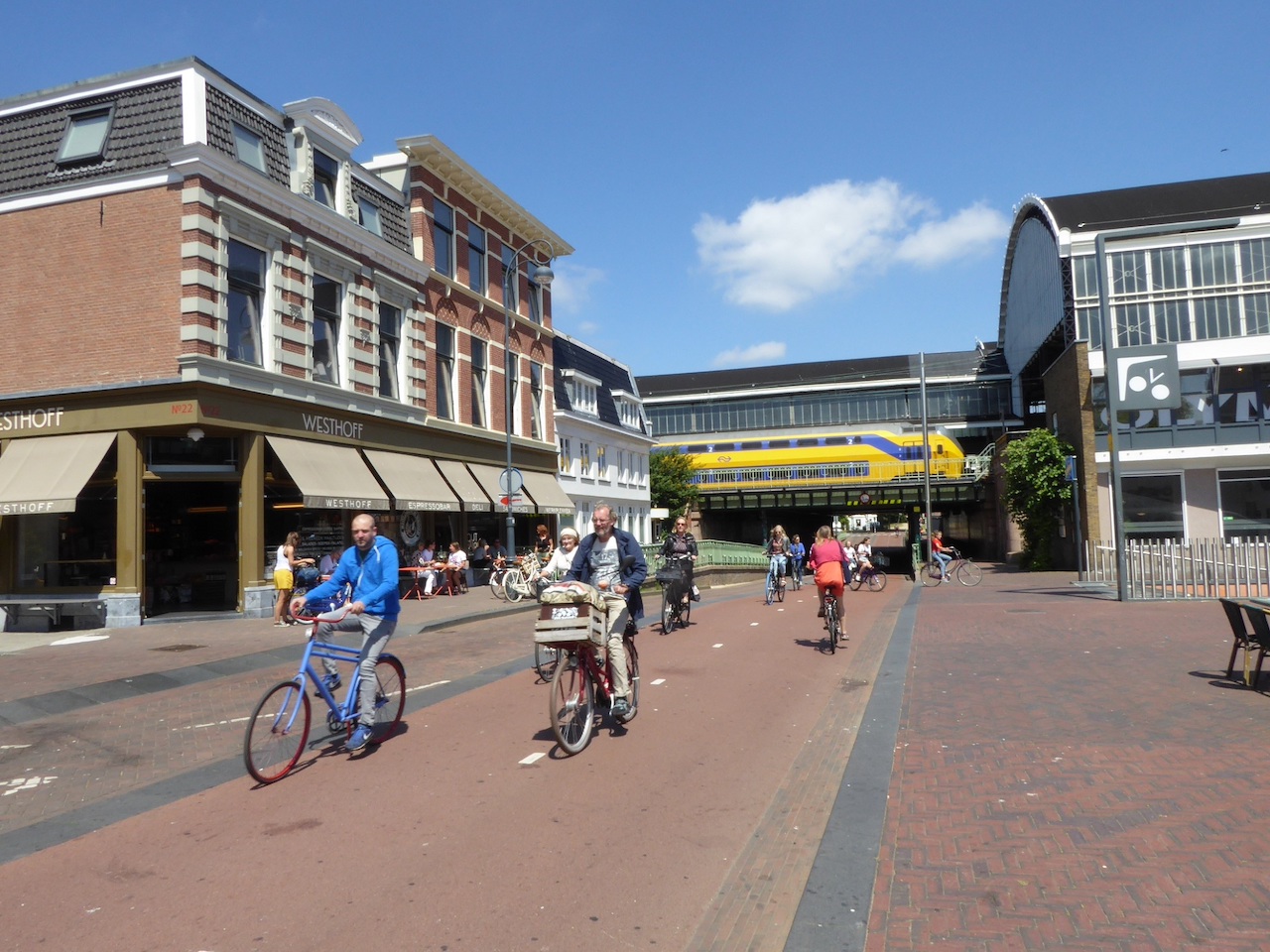
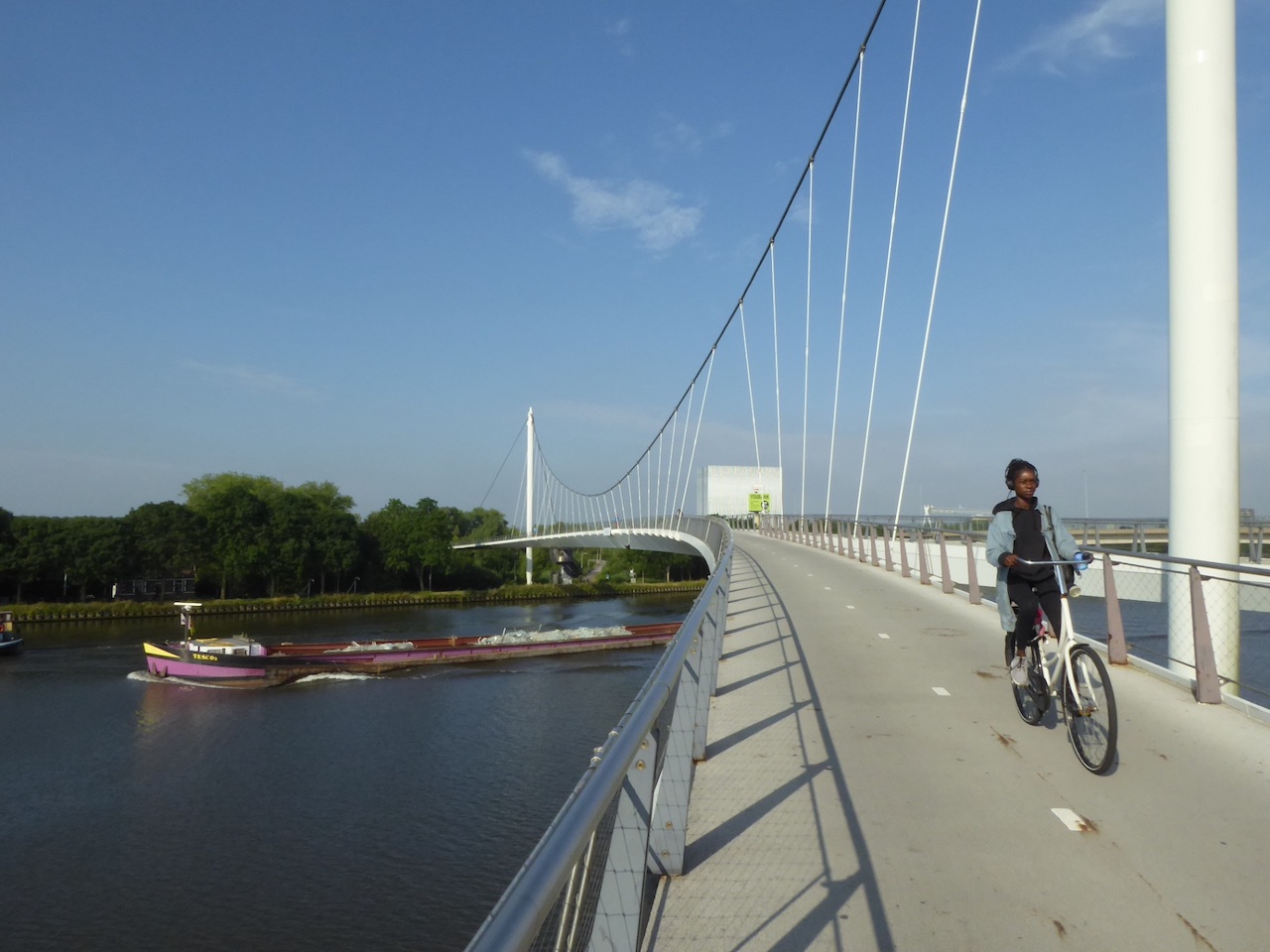

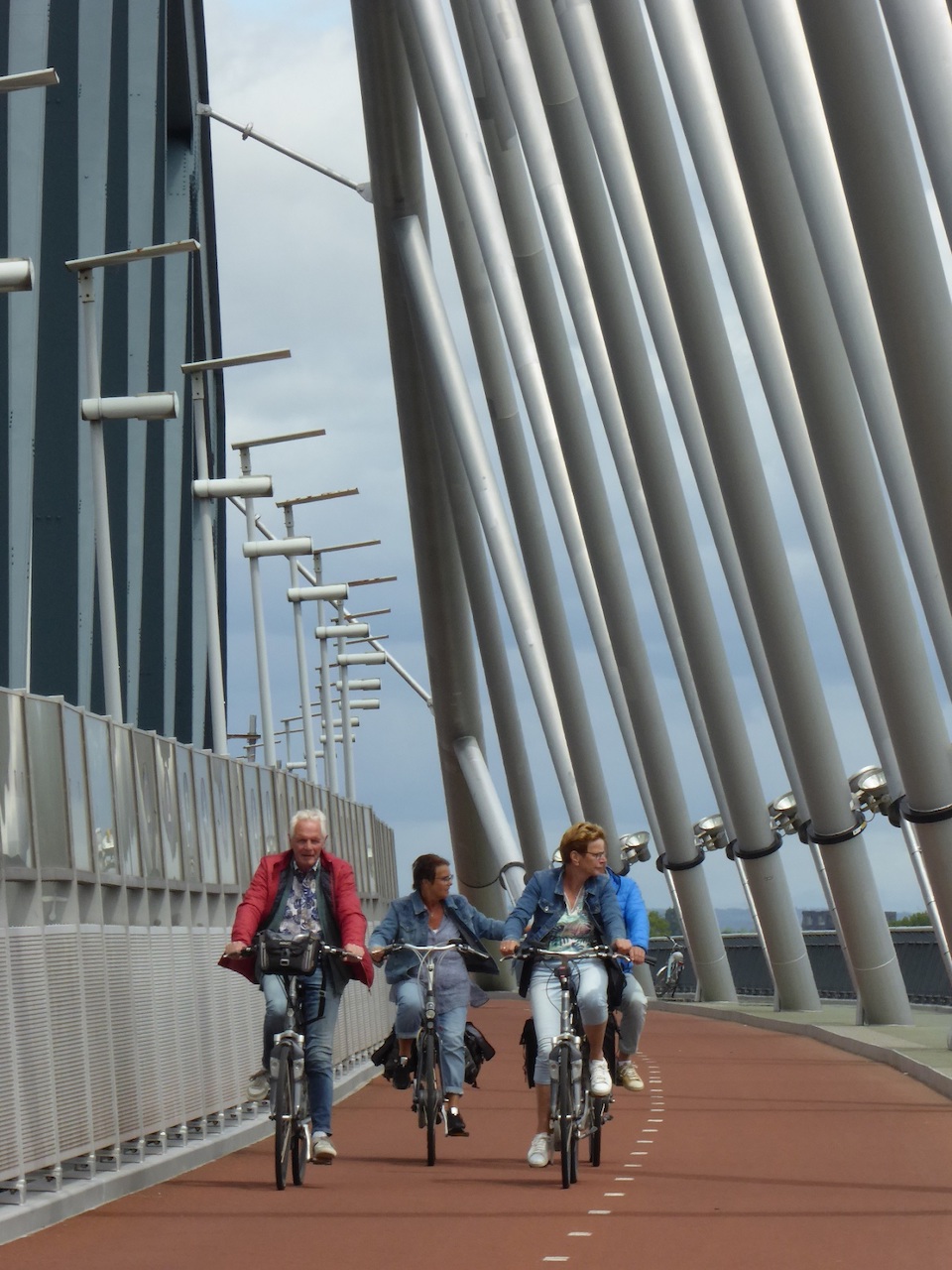



Please read and feel free to circulate the following petition on e-bike access in the U.S. National Parks:
https://chng.it/gy8v4fgt
Thank you!
Celeste Burton